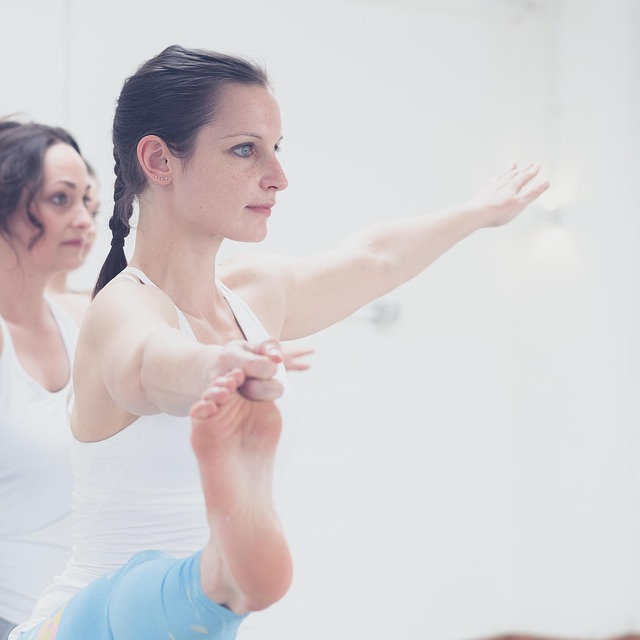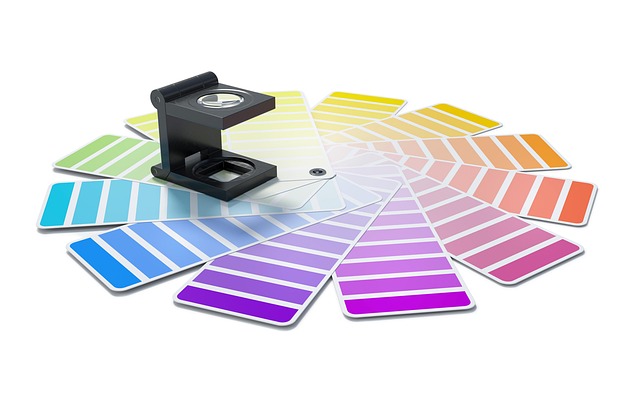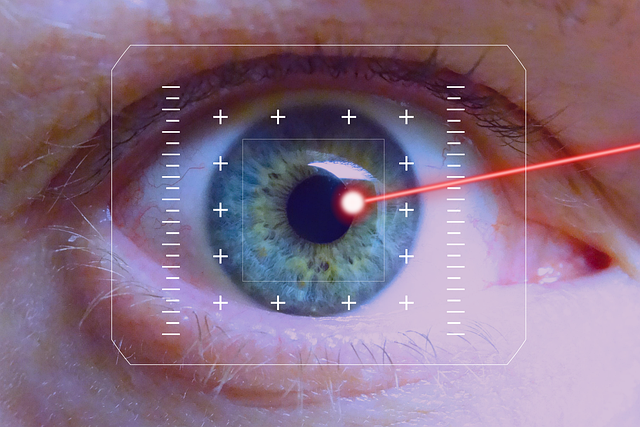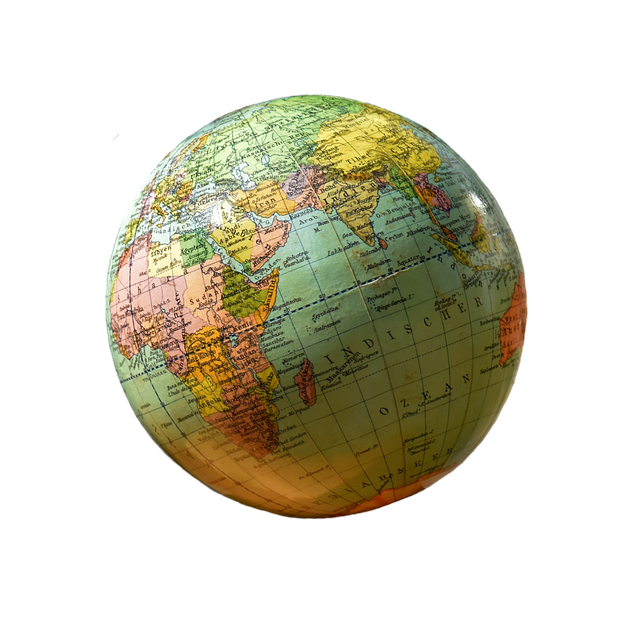White balance, the subtle manipulation of color temperature, is one of the most powerful yet underappreciated tools in the hands of an artistic photographer. While technical manuals often present it as a routine setting, its real influence is felt in the mood, narrative, and visual language of a photograph. When thoughtfully applied, white balance can transform a scene that might otherwise feel flat or misleading into a composition that speaks directly to the viewer’s emotions and memories.
Understanding the Fundamentals of White Balance
At its core, white balance corrects the color cast that different light sources impose on a scene. Natural daylight, for instance, is often cool with a blue tint in the early morning or late afternoon, while incandescent bulbs emit a warm, yellowish glow. Without adjustment, these casts bleed through the image, altering the perceived colors of objects and textures.
- Color Temperature: Measured in Kelvin (K), it describes how warm or cool a light source appears. Lower values (around 2,700 K) give a warm hue, while higher values (above 6,000 K) produce a cooler tone.
- White Point: The reference point for what is considered “neutral” white. Cameras use this to calibrate the color channels so that a true white surface appears white in the final image.
- Automatic vs. Manual: Modern cameras offer automatic white balance modes—Auto, Daylight, Cloudy, Shade, Tungsten, Fluorescent, Flash—and a manual mode where you can set a custom temperature or use a gray card for precision.
The Psychological Impact of Color Temperature
Human perception is tightly coupled with color. Warm tones tend to evoke feelings of comfort, intimacy, or even nostalgia, whereas cool tones often feel detached, serene, or futuristic. A photographer’s decision to emphasize one over the other can guide the narrative direction of an image.
“Color is the language of the soul; white balance is the translator that ensures the message is heard correctly.” — Anonymous
White Balance as a Design Element
Beyond technical accuracy, white balance can serve as a deliberate design choice. In contemporary art photography, many artists reject the notion of “true” color, instead opting for saturated, surreal palettes that challenge conventional expectations. By consciously shifting the white point, they create a distinct atmosphere that supports the thematic intent.
- Use a warmer white balance to amplify the richness of a sunset scene, drawing viewers into the glow.
- Apply a cooler setting to a cityscape to underscore a sense of isolation or detachment.
- Deliberately misalign the white balance for a portrait to give a dreamy, almost otherworldly quality.
Practical Techniques for Artistic White Balance Control
While the camera’s built-in modes provide a good starting point, advanced photographers often take white balance into their own hands. Here are several practical approaches:
- Custom Kelvin Adjustment: Most DSLRs and mirrorless systems allow the photographer to input a precise Kelvin value. This is ideal when working under mixed lighting conditions.
- Gray Card Method: A 18% gray card provides a neutral reference. By exposing a shot of the card and adjusting the white balance to match its neutral tone, you achieve accurate color rendering.
- Manual Calibration on Monitors: Once the image is in post‑production, calibrating your monitor to a standard color profile (e.g., sRGB or Adobe RGB) ensures that the white balance adjustments appear consistent across devices.
Creative Manipulation in Post‑Processing
White balance adjustments in post‑processing afford a level of flexibility that in‑camera settings cannot match. Software like Lightroom, Capture One, or even open‑source alternatives allow fine‑tuned temperature sliders and tint controls. This digital freedom makes it possible to experiment without committing to a particular look during the shoot.
When using post‑processing tools, consider the following workflow:
- Raw Capture: Shoot in RAW to preserve the maximum dynamic range and color information.
- Initial Correction: Apply a base white balance that reflects the scene’s natural lighting.
- Creative Tweaks: Shift temperature or tint to enhance mood, or to correct color casts caused by mixed lighting.
- Layered Adjustments: Use adjustment layers or masks to apply localized white balance changes—such as warming the foreground while cooling the background—to add depth and interest.
White Balance and Composition: Balancing Visual Weight
Color temperature not only affects the emotional tone but also the perceived visual weight of elements within an image. Warm colors tend to advance toward the viewer, while cool colors recede. By manipulating white balance, an artist can subtly direct attention and create a balanced composition.
“Color is the paint; white balance is the brushstroke that defines where the eye lands.” — John Doe
Common Mistakes and How to Avoid Them
Even seasoned photographers can fall into pitfalls when handling white balance. Being aware of these errors can help maintain both technical integrity and artistic intent.
- Over‑Correction: Excessively shifting temperature can produce unnatural hues. Use subtle adjustments unless a stylized effect is the goal.
- Ignoring Ambient Light: Failing to account for the ambient light source can lead to mismatched colors, especially in outdoor scenes with variable shadows.
- Neglecting Monitor Calibration: A color‑accurate monitor is essential for making informed white balance choices during editing.
Case Study: The “Urban Glow” Series
In the “Urban Glow” series, the photographer explored the interplay between artificial street lighting and natural moonlight. By applying a slight warm white balance during daylight hours and a cool setting at night, each image achieved a distinct identity that conveyed the transition from bustling daylight to tranquil nocturnal streets.
Key techniques used included:
- Capturing scenes under mixed lighting and marking the temperature differences on the camera’s histogram.
- Using a custom Kelvin setting for each take to lock in the desired mood.
- Applying local white balance adjustments in post to enhance specific light sources (e.g., neon signs).
The Future of White Balance in Artistic Practice
With the advent of machine learning and AI‑driven color grading tools, white balance is evolving from a static setting to an interactive, context‑aware process. Future cameras may offer real‑time color analysis that suggests optimal white balance based on scene content and the photographer’s creative intent. For artists, this means more time spent on composition and storytelling rather than technical correction.
Nevertheless, the fundamental principles remain: understanding how light affects color perception, and using that knowledge to guide creative decisions.
Final Reflections
White balance, though often relegated to the background of technical documentation, is at the heart of artistic photography design. By treating it as a deliberate, expressive tool rather than a mere correction mechanism, photographers can infuse their work with nuanced emotional depth, visual harmony, and stylistic distinctiveness. Whether you are capturing a quiet landscape, a bustling city street, or an intimate portrait, mastering white balance elevates your images from accurate representations to powerful narratives.




